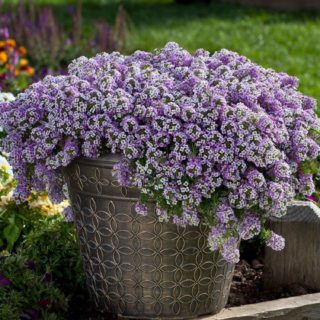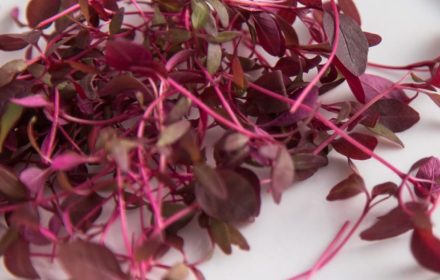How to Sow Swiss Chard Rhubarb Seeds in the UK
Swiss Chard Rhubarb is a versatile and traditional vegetable with bright red stems and lush green leaves. Both the leaves and stems are edible, making it a popular choice for salads, side dishes, and as a spinach substitute. This large, hardy variety is ideal for UK gardens, offering a long harvest period and frost resistance once mature. Swiss chard thrives when sown directly into its final location, as it does not transplant well.
When to Sow Swiss Chard Rhubarb Seeds
- Outdoor Sowing: Sow seeds directly outdoors from April to August when the ground is no longer at risk of frost.
- Greenhouse Sowing: Sow in a greenhouse during colder months, ensuring temperatures remain above 10°C (50°F).
Step-by-Step Guide to Sowing Swiss Chard Rhubarb Seeds Outdoors
- Soil Preparation: Choose a sunny location with well-drained, fertile soil. Work the soil thoroughly and mix in compost to improve fertility and structure. Avoid clumpy or compacted soil.
- Sowing the Seeds: Sow seeds directly into the soil at a depth of 1/2 inch (1.25 cm). Space seeds evenly, planting no more than 6 seeds per foot of row.
- Row Spacing: If sowing in rows, leave 18 inches (45 cm) between each row to provide sufficient space for the plants to grow.
- Watering: Keep the soil moist but not waterlogged during germination. Avoid allowing the soil to dry out completely.
- Thinning: Once seedlings reach a height of 4 inches (10 cm), thin them to at least 8 inches (20 cm) apart. Carefully remove excess seedlings to avoid disturbing the roots of nearby plants.
Greenhouse Sowing
- Containers: Use pots or trays filled with nutrient-rich, well-draining compost.
- Sowing: Sow seeds 1/2 inch (1.25 cm) deep and cover lightly with compost.
- Temperature: Maintain temperatures above 10°C (50°F) for consistent germination.
- Watering: Water regularly to keep the compost evenly moist. Germination typically occurs within 10-14 days.
- Final Placement: Once seedlings are well-established and the weather permits, transplant them carefully to their final outdoor location. Avoid root disturbance to ensure healthy growth.
Caring for Swiss Chard Rhubarb Plants
- Watering: Water regularly to keep the soil moist but avoid overwatering, which can lead to root rot. Established plants are moderately drought-tolerant but perform better with consistent moisture.
- Fertilising: Apply a balanced fertiliser or compost every 4-6 weeks to promote lush foliage and robust stems.
- Weeding: Keep the area weed-free to reduce competition for nutrients and water. Mulching around the base of the plants can help suppress weeds and retain moisture.
- Pest Management: Watch for slugs and snails, especially on young seedlings. Use organic deterrents like crushed eggshells or copper tape if necessary.
Harvesting Swiss Chard Rhubarb
- Early Harvest: Begin harvesting outer leaves when the plants are around 60 days old. This encourages continuous growth.
- Selective Harvesting: Pick leaves and stems from the outside of the plant while leaving the central crown intact. This method ensures a prolonged harvest period.
- Frost Resistance: Mature plants become more frost-tolerant, allowing harvesting to continue into the colder months.
Common Questions About Growing Swiss Chard Rhubarb in the UK
- Can Swiss chard be grown in containers? Yes, Swiss chard grows well in large containers or pots with at least 12 inches of depth. Use a nutrient-rich compost and ensure good drainage.
- How long does Swiss chard take to mature? Swiss chard is ready for its first harvest approximately 60 days after sowing, with full maturity reached at around 80-90 days.
- How do I prevent Swiss chard from bolting? Bolting can occur in hot weather or when plants are stressed. Ensure consistent watering, avoid overcrowding, and provide some shade during peak summer heat.
- Does Swiss chard regrow after harvesting? Yes, as long as the central crown is left intact, the plant will continue producing new leaves and stems for an extended harvest period.
Swiss Chard Rhubarb is an excellent addition to any UK vegetable garden, offering vibrant colour, nutritional value, and versatility in the kitchen. By following these sowing and care tips, you can enjoy a steady supply of fresh, homegrown chard throughout the growing season.



















